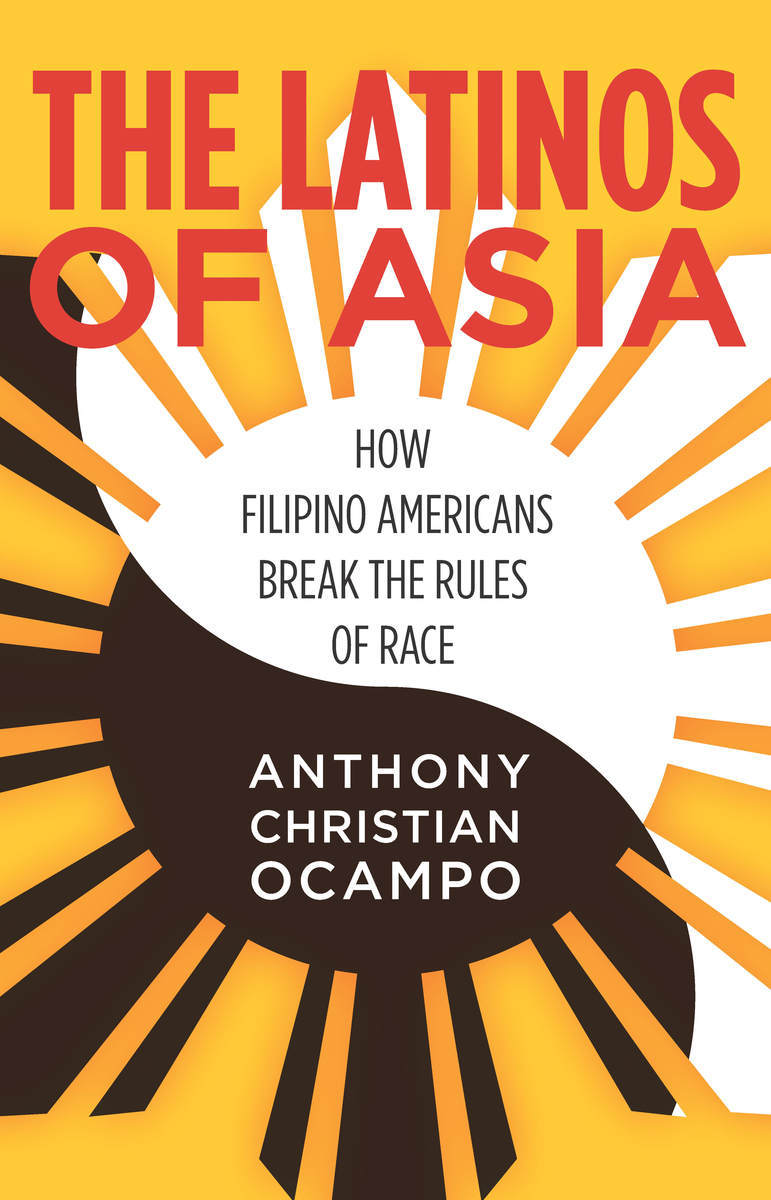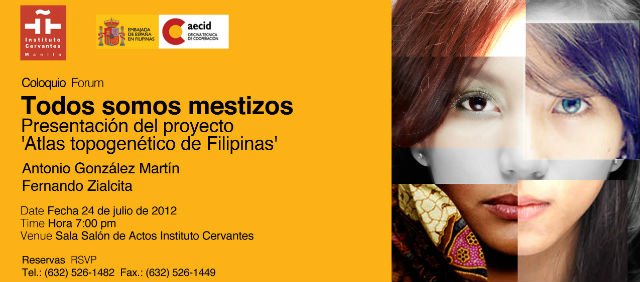The Latinos of Asia: How Filipino Americans Break the Rules of RacePosted in Asian Diaspora, Books, Census/Demographics, Latino Studies, Media Archive, Monographs, Social Science, United States on 2016-03-03 21:16Z by Steven |
The Latinos of Asia: How Filipino Americans Break the Rules of Race
Stanford University Press
March 2016
227 pages
Cloth ISBN: 9780804793940
Paper ISBN: 9780804797542
Digital ISBN: 9780804797573
Anthony Christian Ocampo, Associate Professor of Sociology
California State Polytechnic University, Pomona
Is race only about the color of your skin? In The Latinos of Asia, Anthony Christian Ocampo shows that what “color” you are depends largely on your social context. Filipino Americans, for example, helped establish the Asian American movement and are classified by the U.S. Census as Asian. But the legacy of Spanish colonialism in the Philippines means that they share many cultural characteristics with Latinos, such as last names, religion, and language. Thus, Filipinos’ “color”—their sense of connection with other racial groups—changes depending on their social context.
The Filipino story demonstrates how immigration is changing the way people negotiate race, particularly in cities like Los Angeles where Latinos and Asians now constitute a collective majority. Amplifying their voices, Ocampo illustrates how second-generation Filipino Americans’ racial identities change depending on the communities they grow up in, the schools they attend, and the people they befriend. Ultimately, The Latinos of Asia offers a window into both the racial consciousness of everyday people and the changing racial landscape of American society.


